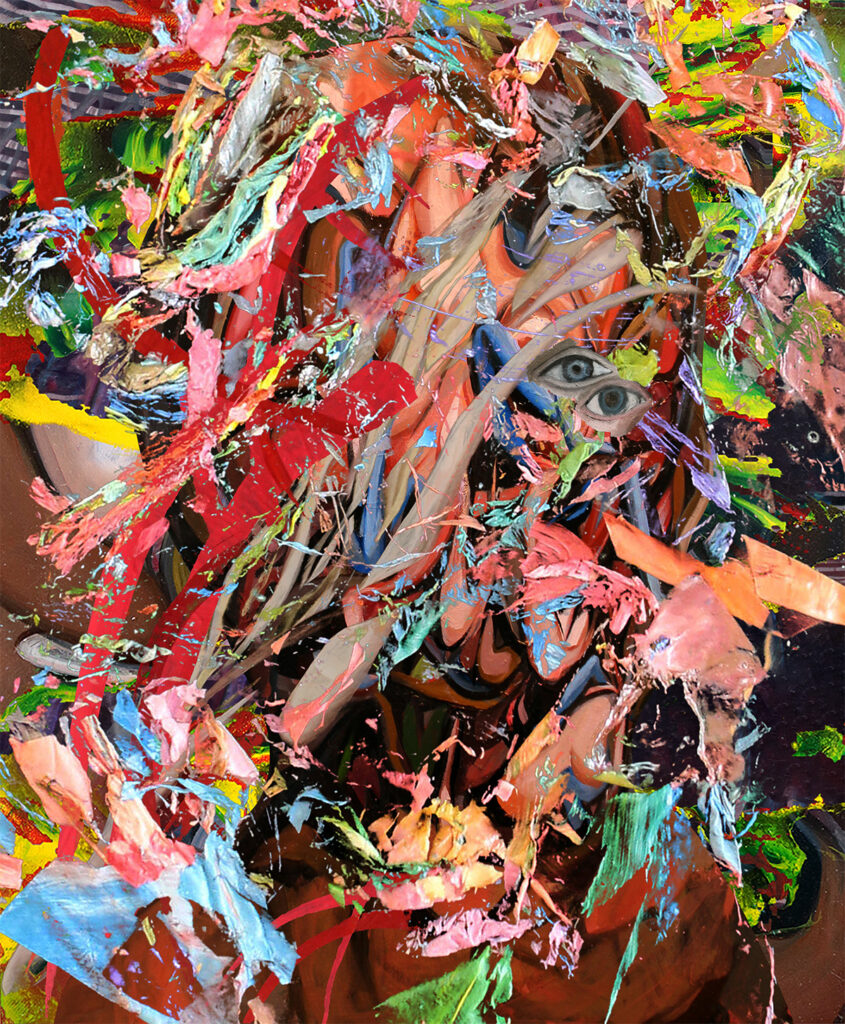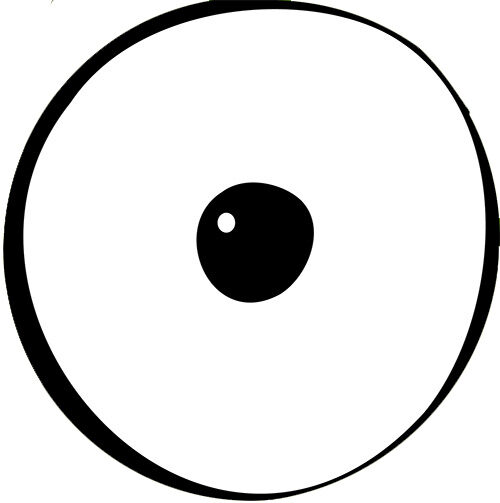Integrating STEM with STEAM Programs for Collaboration and Creativity

STEM programs are currently experiencing a surge in popularity, with universities and schools investing billions of dollars to develop their programs. Amidst all of this, there has been a notable trend towards integrating STEM (Science, Technology, Engineering, and Mathematics) with STEAM (Science, Technology, Engineering, Arts, and Mathematics) programs. While these disciplines have traditionally been seen as separate, interdisciplinary collaboration has emerged as a catalyst for fostering innovation, creativity, and problem-solving skills among students.
My experience spans both realms, as showcased in the image above from my project called SOLOS (image above), created in collaboration with my friend Dennison Bertram, a creative technologist. Together, we embarked on a project that involved taking images of my paintings, slicing them into thousands of pieces, and reconstructing them into entirely new and distinctive works. These collaborative endeavors exemplify the type of cross-disciplinary projects I am passionate about and continue to pursue while working on other projects at SOLOS. They are all grounded in tangible materials and traditional artistic practices, yet they also harness the power of generative processes that frequently incorporate code as well.
In the context of my students, this integration hinges on the understanding that creativity and innovation transcend disciplinary boundaries. This fundamental concept can be challenging to convey to students in both the arts and STEM fields. However, it is at the intersection of diverse disciplines where ideas converge, perspectives intertwine, and novel possibilities emerge. By encouraging interdisciplinary collaboration between art and fields such as STEM, humanities, social sciences, my aim is to empower students to tackle complex real-world issues from a multifaceted perspective. In essence, this approach mirrors the way many individuals already perceive the world, albeit often through digital screens rather than physical paintings. Even the act of browsing images on platforms like Instagram involves navigating a complex technological infrastructure. However, the collaborations I advocate for extend beyond mere digital browsing and delve into the integration of STEM principles with the arts, thereby embracing the essence of STEAM.

One significant advantage of this integration is the cultivation of holistic thinking and creative problem-solving skills. By engaging with artistic practices, students learn to approach challenges from multiple perspectives. While scientific research often follows a linear path, artistic research takes what is known as a “Rhizomatic approach,” allowing for unexpected connections to emerge. This lateral form of thinking is becoming increasingly more sought after, and many STEM departments neglect it.
Furthermore, in an era dominated by artificial intelligence (AI), interdisciplinary collaboration prepares students for the intricacies of an interconnected and interdisciplinary workforce rooted in human interactions. Employers increasingly seek individuals who can navigate diverse cultural landscapes, communicate effectively across disciplines, and adapt to evolving technological and social trends. Through cross-disciplinary projects and collaborations, students develop crucial skills such as teamwork, communication, and adaptability, positioning themselves favorably in the 21st-century workforce.
STEAM programs also foster a culture of creativity and curiosity, bridging the gap between technology and the “real world” while yielding significant financial benefits. Through interdisciplinary research projects, creative collaborations, and experiential learning opportunities, students transcend disciplinary boundaries and cultivate a lifelong passion for learning and exploration. This holistic approach addresses a common challenge faced by both artists and technologists: finding a balance between creativity and technical proficiency.
So, how does this align with my work at OKO ACADEMY, where I host figure drawing nights and teach painting? While these activities may seem straightforward, they also serve as a platform for teaching students a comprehensive approach to research, integrating their unique voice into their work, and synthesizing various elements to create art. There is more to painting than just brushstrokes; it also involves determining how to approach the subject matter, selecting the appropriate tools, considering the audience, and drawing inspiration from other artists. Through interdisciplinary collaboration and a holistic approach to art education, I strive to equip students with the skills and mindset necessary to thrive in an increasingly interconnected and interdisciplinary world. This approach to painting, can also be an approach taken with other types of more straightforward research. It allows for play, and for creativity to flourish. Making Art is different than making an App, but there are surprisingly a lot of similarities between the idea and execution process involved in both. I have worked as both a consultant in the past, and spoken at tech conferences on the subject. Should you be interested in working with me in a corporate setting, or in the studio, I’m open. Hit the Kontakt page and shoot me a message.

